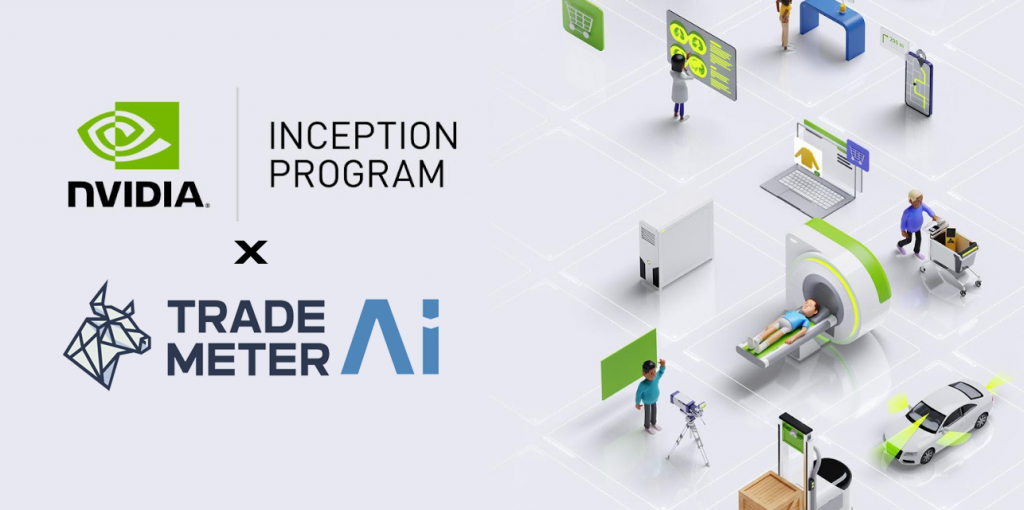20 Great Ideas For Choosing AI Stock Trading Sites
20 Great Ideas For Choosing AI Stock Trading Sites
Blog Article
Top 10 Tips To Assess Market Coverage Using Ai Stock Predicting Or Analyzing Trading Platforms
The market coverage of trading platforms for AI analysis and prediction of stocks is crucial because it defines the markets and assets you are able to access. Platforms with a broad market coverage permit you to diversify and explore global opportunities and can also be adapted to various trading strategies. These are the top 10 tips to assess the market coverage of these platforms:
1. Evaluate Supported Asset Classes
Stocks: Make sure your platform is compatible with major stock exchanges such as NYSE, NASDAQ LSE and HKEX and includes mid, small and large caps.
ETFs. Make sure the platform provides a range of ETFs, so you get diversified exposure.
Futures and options. Check that the platform is compatible with derivatives such options, futures, and leveraged instruments.
Forex and commodities: Check whether the platform is compatible with currency pairs, precious metals, energy commodities and agricultural products.
Cryptocurrencies. Find out if they support the major altcoins and cryptocurrencies (e.g. Bitcoin, Ethereum).
2. Check the coverage area
Global markets. Your platform should cover the most important global markets, such as North America Europe Asia-Pacific and emerging markets.
Regional focus: Find out whether the platform is specialized in certain markets or regions that align with your trading interests.
Local exchanges - Examine to find out if there are local or regional exchanges that relate to your location and strategy.
3. Compare real-time data with delayed Data Delayed Data
Real-time Market Data: The system should offer real-time data on trading to allow for rapid decision-making.
Delayed information: Determine if delayed data are available at no cost or a discounted price, which could suffice for investors who have a long-term perspective.
Data latency: Check whether the platform reduces latency for data, particularly in high-frequency trading.
4. Review the Historical Data available
Depth of historic data Check that the platform has ample data (e.g. over 10 years old) to test backtesting.
Check the granularity of historical data.
Corporate actions: Verify if historical data accounts for dividends, stock splits, and other corporate actions.
5. Review market depth and order data
For a better price discovery experience, ensure that the platform is equipped with Level 2 data.
Check the bid-ask ranges to confirm the accuracy of pricing.
Volume data: Make sure the platform is equipped with detailed information on volume for analysing market activity and liquidity.
6. Assess the Coverage of Indices Sectors
Major indices : Ensure that you have a platform that contains the most important indices. (e.g. S&P 500, NASDAQ 100, FTSE 100 ) This is crucial to benchmark your strategy and also for index-based strategies.
Industry-specific data: If you want to do a targeted analysis, see if there is data available for specific industries.
Customized indexes. Make sure that the platform has the capability to track or build custom indices that meet your criteria.
7. Evaluation of the integration with Sentiment and News data
News feeds - Ensure that your platform is equipped with the most up-to-date market-driven news feeds (e.g. Bloomberg, Reuters).
Check the tool's sentiment analysis based on information from news, social media or any other source.
Event-driven strategies: Verify whether the platform is compatible with events-driven trading strategies (e.g., earnings announcements, economic reports).
8. Test for Multi-Market Trading
Cross-market trade: Check that the platform supports trading across asset and market categories using a common interface.
Currency conversion: Check if your platform allows multi-currency trading and automatic currency conversion.
Make sure you have support for time zones.
9. Assess Coverage of Alternative Data Sources
Alternative data - Check to see if there are alternative sources of data that can be included in the platform (e.g. web traffic, satellite imagery or credit card transactions). This will provide you unique insights.
ESG data - Check that the platform is able to provide environmental, social, and governance data (ESG). This is essential for a socially conscious investing.
Macroeconomics data: for a more fundamental analysis, ensure the platform has macroeconomic indicators such as GDP (gross domestic product) as well as inflation rates and interest rates.
Review Market Reputation and User Reviews
User reviews: Search for user reviews to gain a better understanding of the platform.
Industry reputation: See whether the platform has been praised for its market coverage by experts in the industry or by awards.
Case studies: Look for testimonials or case studies that highlight the platform's success in particular areas or asset classes.
Bonus Tips
Trial period: Try the platform at no cost to determine if it covers markets and what data is available.
API access: Determine if your platform's API can access market data programmatically in order to run custom analyses.
Customer support: Make sure the platform is able to assist you in the case of market-related questions or issues with data.
Following these tips can help you assess the market coverage of AI software for predicting and analyzing stocks. You will be able pick one that provides access to markets and data for efficient trading. A broad market coverage will allow you to diversify your portfolio and discover your portfolio. It also assists you adapt to changes in market conditions. Check out the most popular weblink on ai day trading for website info including ai stock, ai trading bots, ai stock picker, invest in ai stocks, ai stock trading, ai stock trading bot free, ai stock predictions, incite ai, incite ai, copyright ai bot and more.
Top 10 Tips For Evaluating The Community And Social Features Of Ai Platform For Predicting And Analyzing Stocks
To understand how users learn, interact, and share their knowledge among themselves, it's important to evaluate the social and community features of AI trading and stock prediction platforms. These features can significantly enhance the user experience and offer important support. Here are ten top strategies to help you analyze the community and social features of these platforms.
1. Active User Communities
Tip: Make sure the platform is actively used and has users who are participating in discussion, sharing information or offering feedback.
The reason: A vibrant user community is a vibrant community in which members can learn from each other and grow together.
2. Discussion Forums, Boards
Tips: Examine the level of engagement and the quality in discussion forums or message boards.
Why: Forums enable members to talk about market trends or ask questions, and also exchange strategies.
3. Social Media Integration
Tips: Make sure the platform integrates with social media channels to share information and updates (e.g. Twitter, LinkedIn).
What's the reason? Social integration with media is a fantastic way to boost engagement and also get real-time updates about the market.
4. User-Generated Materials
Look for tools that let you share and create material like blogs, articles or trading strategies.
Why: User-generated content creates the spirit of collaboration and gives many perspectives.
5. Expert Contributions
Tips: Check whether there are any contributions from industry experts such as AI experts or market analysts.
Expert opinion adds depth and credibility to community discussions.
6. Real-Time chat and messaging
TIP: Find out if users can communicate with one another immediately using chat or real-time messaging.
Why is this? Real-time interaction facilitates rapid information exchange as well as collaborative work.
7. Community Moderation and Support
TIP: Assess the levels of support and moderation in your community.
Why: Moderation is important to maintain a positive, peaceful and respectful environment. Helping users solve their issues as swiftly as possible.
8. Webinars and Events
Tip: Find out if there are any live sessions, webinars, or Q&A sessions conducted by experts.
What are the benefits: These events offer opportunities to engage in direct conversation and learning from industry professionals.
9. User Review and Feedback
Look for platforms that let users post reviews or provide feedback on their community features and platforms.
How do we use feedback from users to identify strengths in the community's ecosystem as well as areas to improve.
10. Gamification of Rewards
Tips: Find out whether the platform offers games, like badges or leaderboards.
Gamification can motivate users to become more involved in the community and platform.
Bonus tip: Privacy and security
To ensure the security of data users and their interactions, ensure that community and social features are protected by secure security and privacy controls.
You can look at these factors to see if you are able to find a platform that has a friendly active community that can help you improve your trading abilities and knowledge. Read the best ai for stock trading advice for more info including ai stocks, ai trading, ai stock picker, chart ai trading, ai for trading, ai copyright signals, ai investing app, ai investing app, ai stock trader, ai trading bot and more.